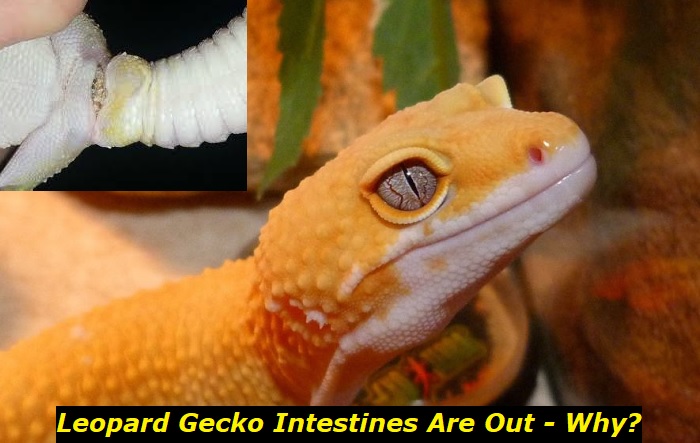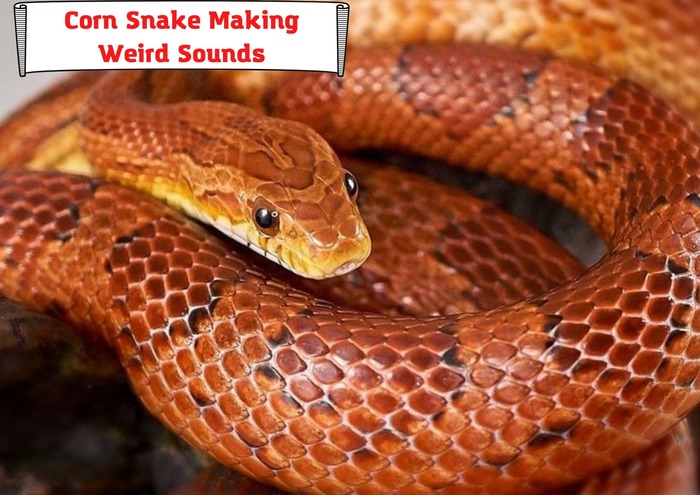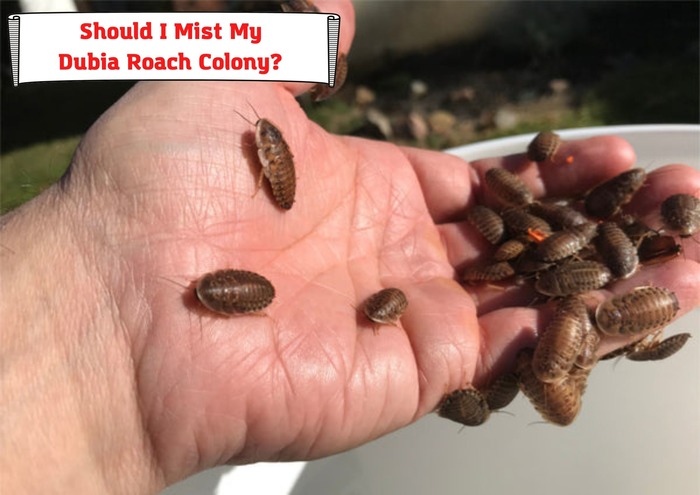It is tough to figure out what to do when your leopard gecko’s intestines are hanging out of its body. It would be best if you suppressed your urge to panic. What your leopard gecko is going through may seem very gross and likely fatal, but that is not the case.
Your leopard gecko is suffering from a serious health condition known as rectal prolapse. It is a medical emergency that should be dealt with immediately. You need to contact your vet immediately, amongst other things we will mention below. Qualified reptile veterinarians can treat rectal prolapse and have your leopard gecko back to 100% in no time.

This article will help you understand what is happening to your leopard gecko and what you should do about it. Join us as we discuss the following:
- What to do when you notice your leopard gecko is suffering rectal prolapse
- Causes of rectal prolapse in leopard geckos
- Common treatments of rectal prolapse ni leopard geckos
- How to Care for your leopard gecko
What to Do When Your Leopard Gecko Suffers Rectal Prolapse
You can do several things for your leopard gecko after calling a reptile veterinarian. You must keep your pet clean and comfortable before receiving medical attention. Here are a few helpful things you can do immediately after noticing the rectal prolapse.
1. Do Not Pet or Handle the Leopard Gecko
You must fight the instinct to comfort your leopard gecko by handling or petting. You should not move it from its position, and neither should you touch it. The best thing you can do for your leopard gecko is to keep it comfortable while you schedule a veterinarian appointment.
2. Maintain Hygiene
It doesn’t take a genius to determine that exposed intestines should be kept as clean as possible. Keep the area around the intestines clean and moist using plain warm water or a sterile saline solution. Please do not touch the intestines while cleaning the area around them. You can spritz them with clean, warm water if they appear dry.
3. Maintain Warmth and Moisture
Your leopard gecko is going through a pretty tough time. It is of great help to have a friendly environment. This will prevent any other complications from arising. Keep your leopard gecko as comfortable as possible by maintaining optimal temperature, humidity, and lighting.
4. Consult a Reptile Veterinarian
Now that your leopard gecko is as comfortable as possible with its guts hanging out, you can look above and beyond for the most qualified reptile veterinarian near you. Failure to seek immediate veterinary intervention could result in death.
Every minute your leopard gecko spends with its intestines exposed increases the risk of bacterial infection and other complications. Rectal prolapse is easy to treat if addressed immediately it happens.
5. Do Not Feed the Leopard Gecko
You should not feed a leopard gecko suffering rectal prolapse before consulting a qualified veterinarian. Feeding the gecko is likely to strain the intestines further and make a bad situation even worse. Another disadvantage of feeding the poor creature is increasing the odds it will pass stool. Your gecko’s last need is stool in its habitat while its intestines are exposed. This will dramatically increase the odds of infection.
Causes of Rectal Prolapse in Leopard Geckos
Pet owners whose reptiles undergo rectal prolapse are often devastated and worry they did something wrong. There are several causes of rectal prolapse, most of which have nothing to do with your qualifications as a leopard gecko owner.
Of course, some causes are attributed to poor care and maintenance. Once you identify the likely cause, you will be prepared to prevent a recurrence. Here are the most common causes of rectal prolapse in leopard geckos.
- Weak rectal muscles – if your leopard gecko’s rectal muscles are weak, they will fail to hold the rectum in place, thus causing prolapse
- Impaction or constipation – failure to pass stool due to impaction or constipation could cause your leopard gecko to have strained bowel movements that may result in rectal prolapse.
- Parasitic or bacterial infections, especially in your leopard gecko’s gastrointestinal tract, could result in inflammation and swelling that affect bowel movement and, thus, rectal prolapse.
- Traumatic injury to your leopard gecko’s rectal area, e.g., due to a fall or rough handling, could also cause rectal prolapse.
- Genetic medical conditions pre-existing in your leopard gecko may be to blame for the rectal prolapse. The pre-existing conditions most likely to cause rectal prolapse are anatomical abnormalities and gastrointestinal disorders.
- Poor diet – leopard geckos have precise nutritional requirements that should be properly met to maintain their health. Your reptile find needs a high-fiber diet that doesn’t overdo the protein. Failure to meet your leopard gecko’s nutritional needs could cause impaction or constipation, common causes of rectal prolapse.
Common Treatments of Rectal Prolapse in Leopard Geckos
Reptile veterinarians are used to treating rectal prolapse because it happens more frequently than you’d imagine. We can assure you that your leopard gecko will not be the first patient your vet will have encountered with their intestines outside their body.
The proper treatment course for rectal prolapse in leopard geckos is dictated by the animal’s general health, extent, and cause of the rectal prolapse. Your vet will use some of the following treatment techniques.
- Your reptile veterinarian will attempt a gentle reduction where the rectal prolapse is mild, and the intestinal tissue is healthy. This involves lubrication and slight pressure to tuck the prolapsed tissue into the vent/cloaca. Do not attempt reduction at home because you will likely harm your leopard gecko. The risky procedure should only be undertaken by a qualified reptile vet.
- Surgery may be necessary if the prolapse is severe and conservative treatment methods are ineffective. Your vet will remove dead intestinal tissue and suture the remaining tissue.
- If your leopard gecko’s rectal muscles are very weak, the vet may suggest a cloacopexy which prevents further prolapse by anchoring the cloaca.
- Soaking your leopard in a shallow warm bath for about fifteen minutes will help clean and moisturize the prolapsed tissue. This helps to reduce inflammation and promote healing. Keep the shallow bath between 85F and 88F.
- Where an infection causes your leopard gecko’s rectal prolapse, the vet will prescribe antibiotics to heal the infection and prevent a reoccurrence.
- Painkillers and additional fluids may be prescribed to reduce your leopard gecko’s discomfort and reduce the healing period.
- Change in maintenance and care routines – your vet will ensure that your leopard gecko has optimal environmental conditions that promote healing and prevent a reoccurrence of the rectal prolapse. These include proper temperature, humidity, and nutrition.
- Your vet likely suggests housing your leopard gecko in a smaller habitat with limited climbing features to avoid straining the rectal tissue. They also recommend feeding the gecko the smallest prey possible to avoid straining the gastrointestinal system during healing.
How to Care for Your Leopard Gecko
Rectal prolapse is as horrific as pet conditions get. The good news is keeping this nightmare at bay will not take much. Here are a few handy tips to ensure your leopard gecko remains happy and healthy.
- Ensure your leopard gecko’s habitat is within the recommended temperature, humidity, and lighting range. It should warm and dry with a temperature gradient that allows the gecko to self-regulate by choosing the warmer (88F – 92F) or cooler (72F – 78F) end of the habitat.
- The habitat should also have a dish of clean water for drinking and soaking in. Go ahead and spoil your gecko by incorporating hiding spots and climbing opportunities in the habitat.
- Do not use small loose substrates, e.g., sand, in the enclosure. There is a high chance your leopard gecko will accidentally consume the substrate and suffer digestion issues that could result in rectal prolapse. Use paper towels or reptile carpets as a substrate to reduce the chances of impaction or constipation due to indigestion.
- Clean your leopard gecko’s enclosure regularly to remove feces and soiled substrate. Do not use harsh chemicals, saline water should do the job right.
- Please do not feed your leopard gecko inappropriately sized prey items that will strain their gastrointestinal system. A rule of thumb is that you should not feed your gecko any prey item larger than its head’s width. Appropriate meals include mealworms, crickets, waxworms, and rubia roaches.
- Periodically supplement your leopard gecko’s diet with calcium and recommended vitamins. Once or twice a week, you can dust the prey in calcium or vitamin supplement. Alternatively, you can gut load the prey by feeding them a nutritious diet before offering them to your gecko.
- Do not handle your leopard gecko in a rough manner that could cause traumatic injury.
- Schedule periodic health checkups with a reptile veterinarian. This will help identify and prevent potential problems before they pose a severe risk to your gecko’s health.
- Keep a close eye on your leopard gecko and contact a vet when you notice any difficulty passing stool or other signs of gastrointestinal discomfort.
Conclusion
Rectal prolapse is not the end of the world for you or your leopard gecko. All you need to do is handle this emergency medical condition with the urgency it deserves, and everything will be back to normal before you know it.
- Pacman Frog Looks Deflated – What’s Wrong and What to Do? - August 7, 2023
- How to Put Snake Back in Cage after Feeding? Important Concerns - July 31, 2023
- Repta Boost: Instruction, Considerations, Ways to Use - July 24, 2023



